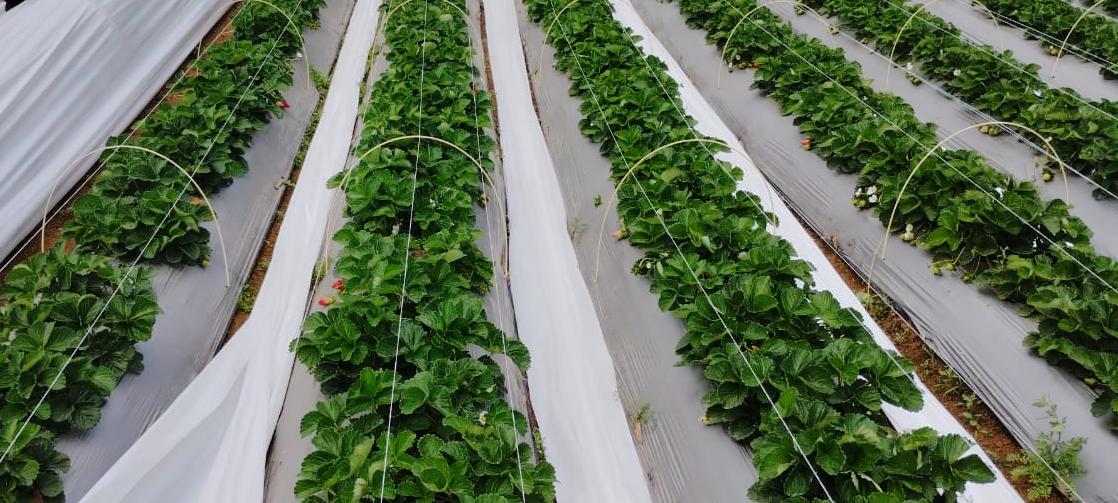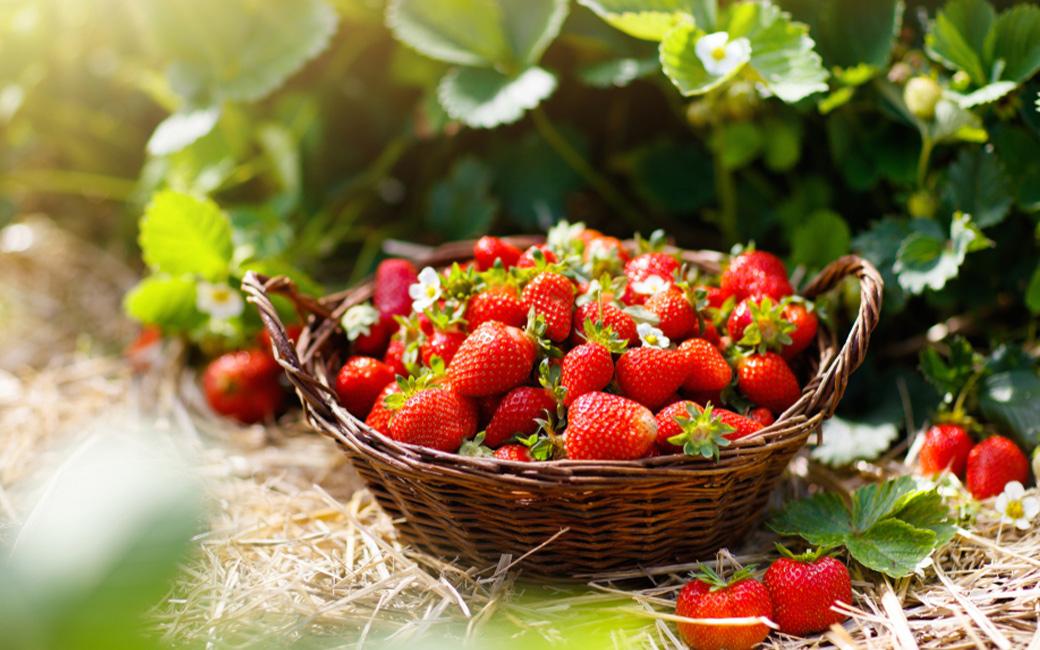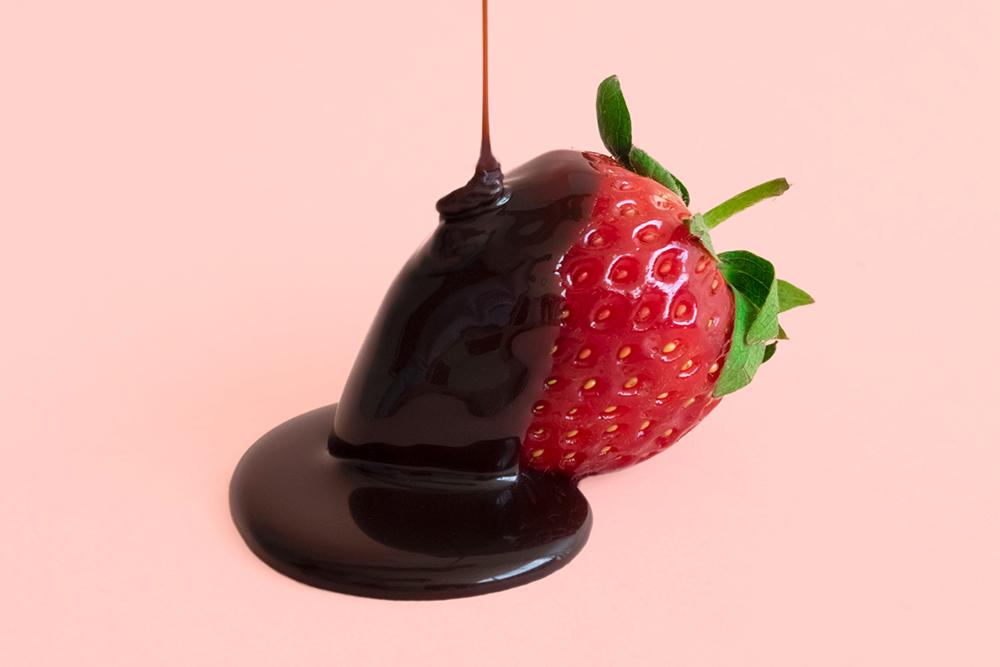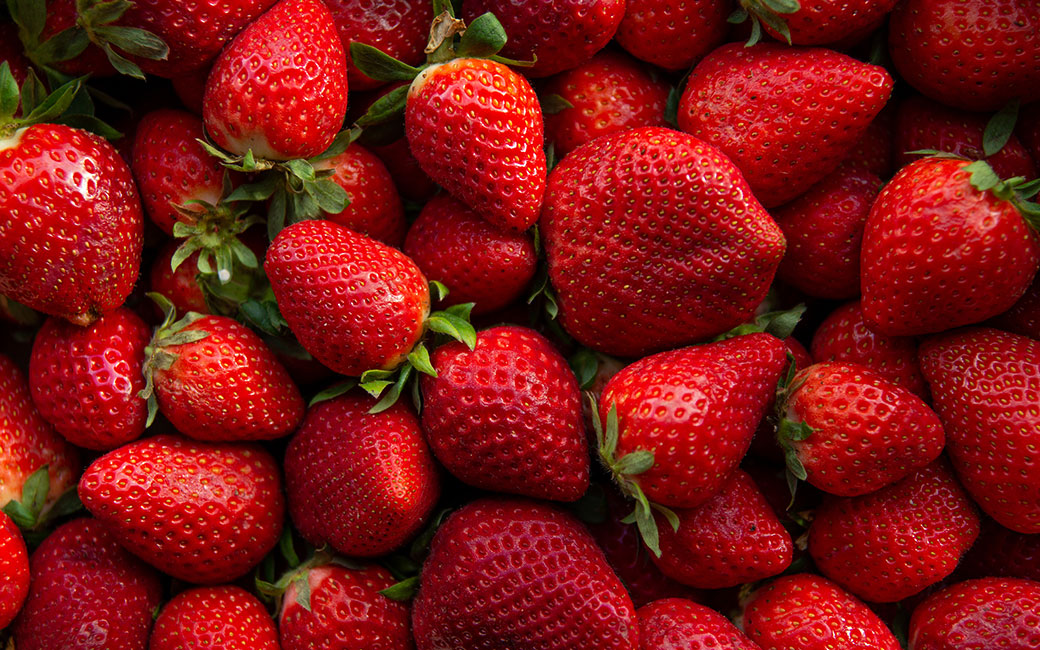Strawberry’s Homecoming
Strawberries have always charmed us. They have transcended beyond a fruit to be rooted in history, articulated in art, expressed through food, and loved across languages and borders.
But, did you know that strawberries are not native to India? It is believed that strawberries were first discovered in Europe; some even attribute their origin to Japan, China or even North America. Beyond the geographical tug of war, what stands to be true, is the popularity of the fruit that has fascinated people across the globe.
It has only been in recent years that the fruit has become commonly available in India and Mahabaleshwar has become the home ground of this rather exotic winter delicacy.
It is speculated that these berries came to India with the British. In the 80s, a few of their gardens grew them privately. It was only in 1992 that newer varieties were brought to India (from America & Italy). Through propagation and tissue culture the variants were tailored for native use.
Ever since, Mahabaleshwar has been in the limelight and carries the title of being the Berry capital of India, with other kinds of berries also growing well in the region. Today, strawberries from Mahabaleshwar are GI-tagged, becoming the benchmark of quality.
What makes Mahabaleshwar perfect for strawberries?
Strawberries from other parts of the country last 12-14 hours, while the Mahabaleshwar variety remains good for more than 48 hours. With over 200 seeds dotted over the fruit, these bite-sized delicacies are truly one-of-a-kind varieties found in India.

The temperature hovers around 28 degrees Celsius in the region, making it a conducive growing environment for the plant. Juicier, and naturally vibrant, the Strawberries grown in this region are rich in taste with a BRIX ratio (a measure that determines the sweetness and the acidity level in fruits) ranging from 8:10.
Farming it right:
There are around 1500 farmers in Mahabaleshwar growing Strawberries. Out of which 700 farmers tend to the GI-tagged varieties. With 600 acres dedicated, these farmers put their best care and practice to ensure the fruit lives up to its fame and charm.

Every acre produces around 8-10 tonnes of Strawberries. Several farming techniques are used to ensure the plant receives the right amount of nutrition
Vermicomposting, which is essentially improving soil fertility through natural processes or drip irrigation that ensures minimal and optimum usage of water to ensure sustainable farming are some of the ways that leverage the best farming practices.
The biggest issue for the fruit is during the cloudy/rainy days, when the fruit quality gets affected by fungus. The use of protective farming that shelters the plants from rain or any inclement weather, ensures quality isn’t compromised.
Strawberries go through a set cycle every year. Traditions meet modern ways, but the core of the process remains the same. Here is a timeline of happiness, well let’s call it the gestation of Strawberry.
June to September: The propagation and tissue culture of the plant takes place.
October: The plantation process ensues.
November: It is only from the first week of the month that fruiting takes place while from the mid-month to its end, the harvesting starts.
During Strawberry season the harvest happens every alternate day.
The variety that pampers:
A season summarizes the lifecycle of the Strawberry. A lot of variety graces us during this period and has different purposes across different times of its presence. Here are some kinds that pampers us with the uniqueness of its taste and presence

Winter dawn – It comes early season. It is slightly sour, not so sweet in taste. This variety spans from early November to mid-December. Best consumed when paired with ice cream & jams
Nabila – The season of this fruit starts in mid-December and ends in January. It has the same look and feel but tastes better as the season matures.
Sweet Sensation – This variety is larger in size. It is mostly sweet and has negligible acidity. The season of the fruit spans from mid-January to mid-February.
Camarosa: Larger, firmer, sweeter, this variety comes during the end of the season. Probably the sweetest of the lot, the season of Camarosa begins from mid of January and ends in March.
Taste with benefits
Strawberries are filled with Vitamin C, low in calories and are nutritious too. They also help manage bad cholesterol. If you’re someone who consumes this fruit regularly, know for sure that your health is getting a generous dose of Magnesium, Phosphorus, Calcium and Potassium too.
One cup of sliced strawberries has 50 calories, 11.5 grams of carbohydrates, 4 grams fiber, and 45 mg of potassium. Strawberries are not just a fruit that are pleasant looking edibles, but also very potent enough to impact your health the right way. It reduce serious health conditions like cancer, diabetes & stroke.
However, it is to be kept in mind that every individual’s health requirement and concerns are different. Consult your nutritionist or your doctor to understand the fitment of the fruit in your diet if you have any specific ailments.
Strawberry Storage Tips and Shelf Life
Strawberries rot much faster in moisture. It is recommended that you don’t wash the fruit and store it. Stock it, if you have to, in an air-tight container and wash it right before consumption.

Strawberry and cream are a match made in heaven. Strawberry Cheesecake, Smoothie or Strawberry with Chocolate is another popular dessert that has charmed many. Use it in salads or with Yoghurts for this fruit is a great pair and it satiates finer gourmet tastes.
